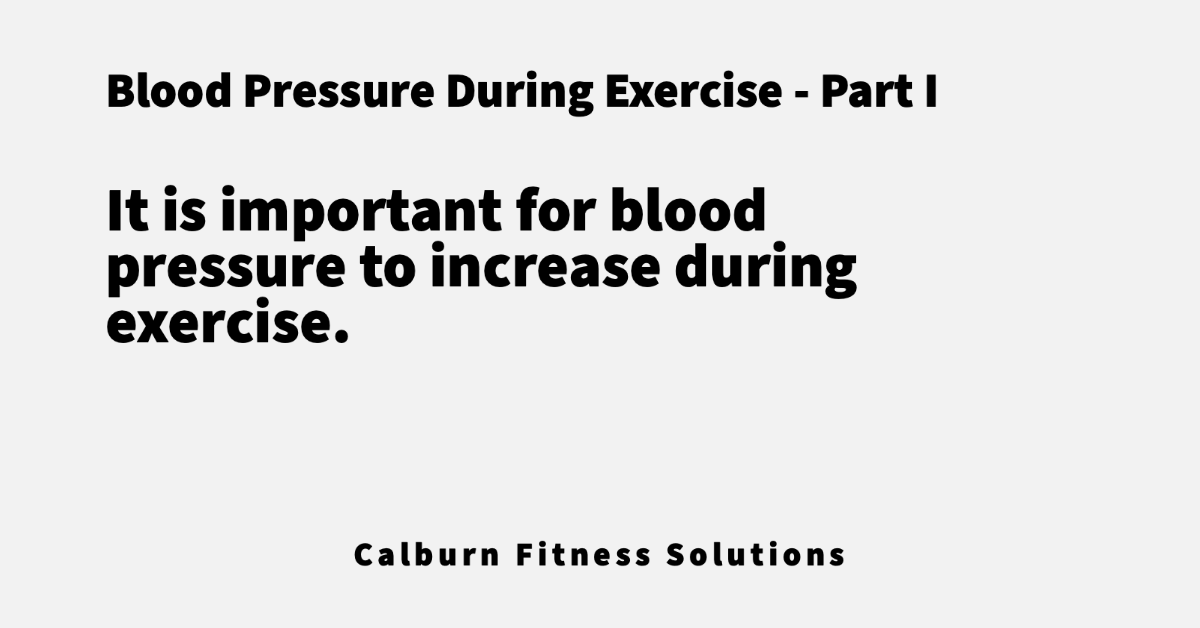With these (2 part) short articles, I’m attempting to explain to you about the increase in blood pressure during exercise. I’ve put quite a bit of effort into simplifying complex literature into intelligible literature. By the time you finish reading this article, you will gain adequate knowledge to make any immediate scientific decisions during exercise response. Primarily, with this knowledge, you will be better at understanding the reasons behind the changes in your blood pressure during exercise, while those without this knowledge, in a similar situation, mostly panic. Please have patience as you read through the details. Here we go…
Blood flow must be maintained to critical areas such as the heart and the brain while at the same time, the requirements of working muscle during exercise and skin must also be met.
Blood pressure is a function of cardiac output and peripheral resistance. In simple language: the amount of blood pumped and circulated by the heart via all the blood vessels in 1 minute, and the resistance created by the arteries results in increased or decreased blood pressure.
The resistance of the arteries of the skeletal muscle decreases during exercise. This decrease occurs because of the tremendous increase in blood flow to that skeletal muscle: the blood vessels dilate. At other times, however, the blood vessels to the skeletal muscle will narrow down to decrease the blood flow so that other organs keep receiving adequate oxygenated blood. Our body automatically maintains blood flow to all the organs at all times*.
However, although, narrowing of the arteries in non-exercising muscle tissue is not enough to compensate for the dilation of arteries in the active muscles, blood pressure does not fall during exercise— it increases. And it does so because the amount of blood pumped by the heart increases during exercise, more than compensating for the fall in resistance/narrowing of the arteries.
Eg. In a fit 20-year-old male, the amount of blood pumped by the heart will increase from about 5 liters per/min at rest to approximately 20 liters during maximal exercises. Even though peripheral resistance may fall to 1/3 of resting during exercise, systolic blood pressure increases.
The above explanation is a simplification of the complex function of the heart. That is it for Part I. Hope I have succeeded thus far. In part 2, I will address why blood pressure (systolic) shouldn’t decrease during exercise. Hope this information helps you with your health and fitness. If you think this article may help somebody you know, please share it with them. If you have any questions or feedback feel free to leave it in the comments section. Thank you for reading.
Stay Strong, Stay Healthy!
References: Human Bioenergetics and Its Applications
*This phenomenon is greatly appreciated when we lose blood due to an accident. Our body automatically maintains adequate blood flow to the brain and heart during blood loss. Our physiology (organ functions) knows exactly how to distribute the low blood volume to the vital organs even as we lose blood. However, delay in restoring blood volume results in damage to the organs, and eventually death. Hence, medical interventions during such times is an emergency.
